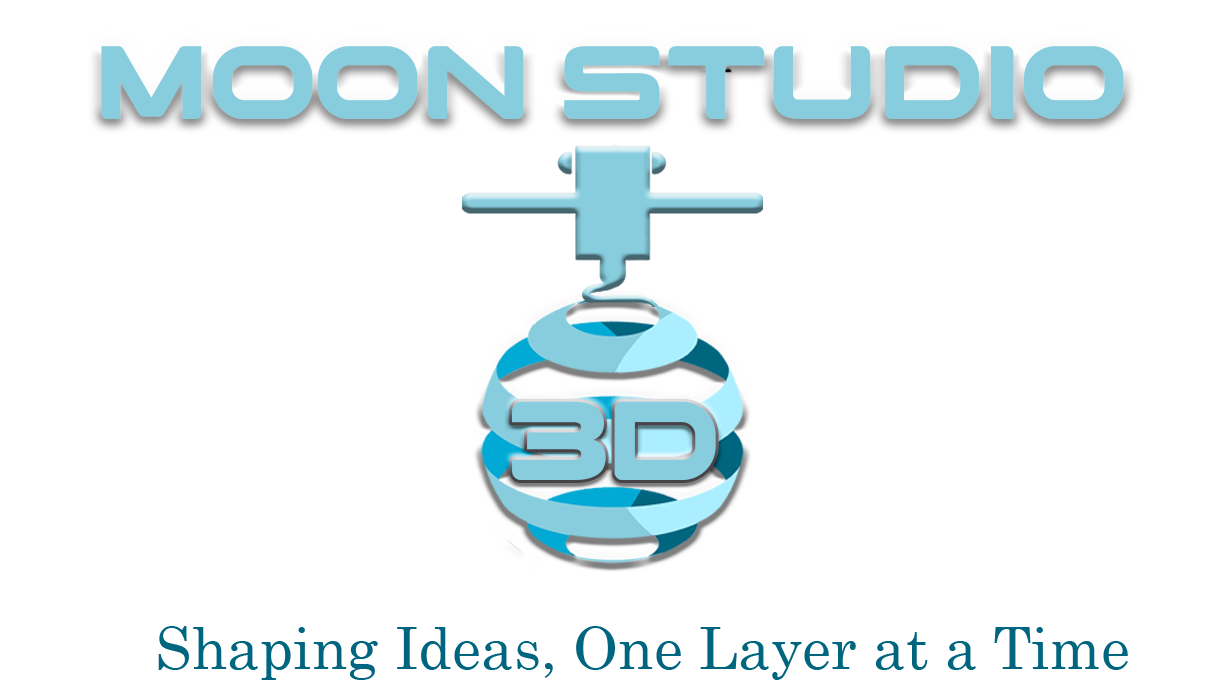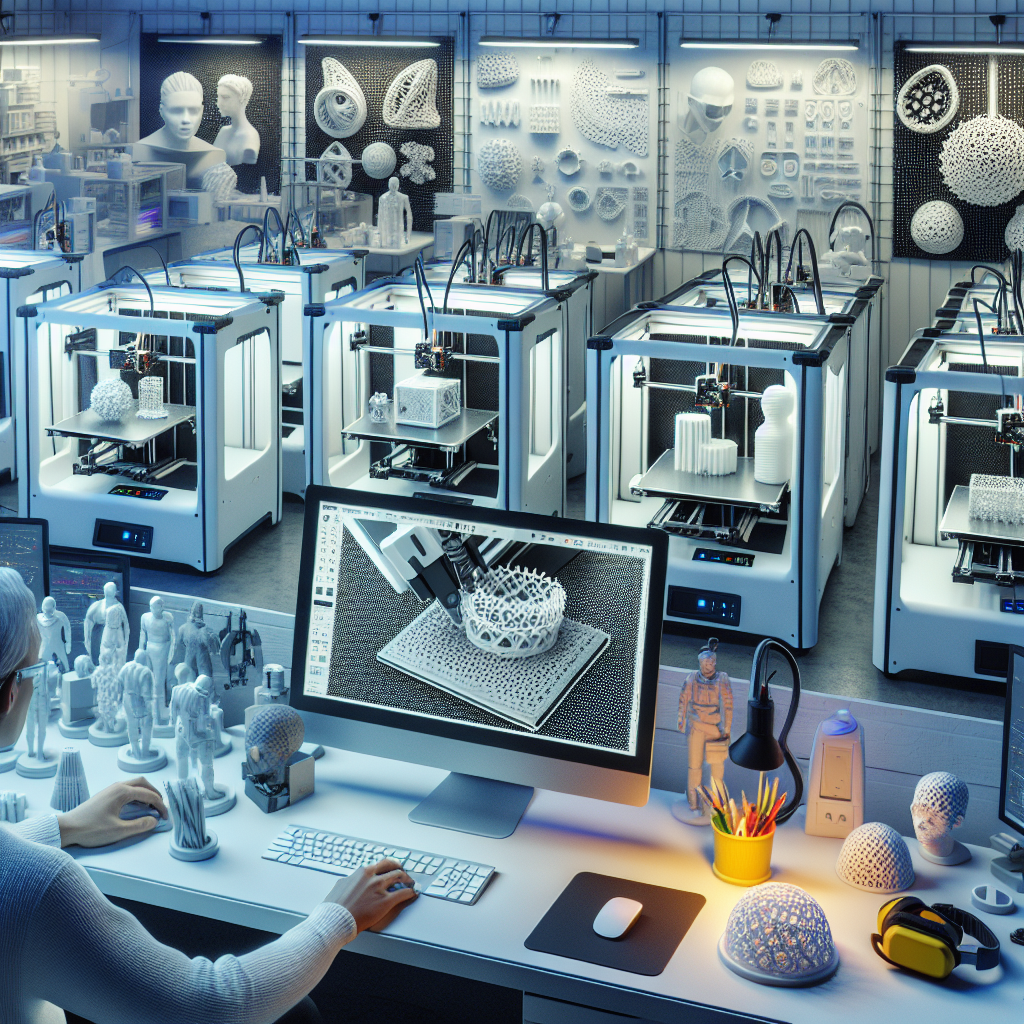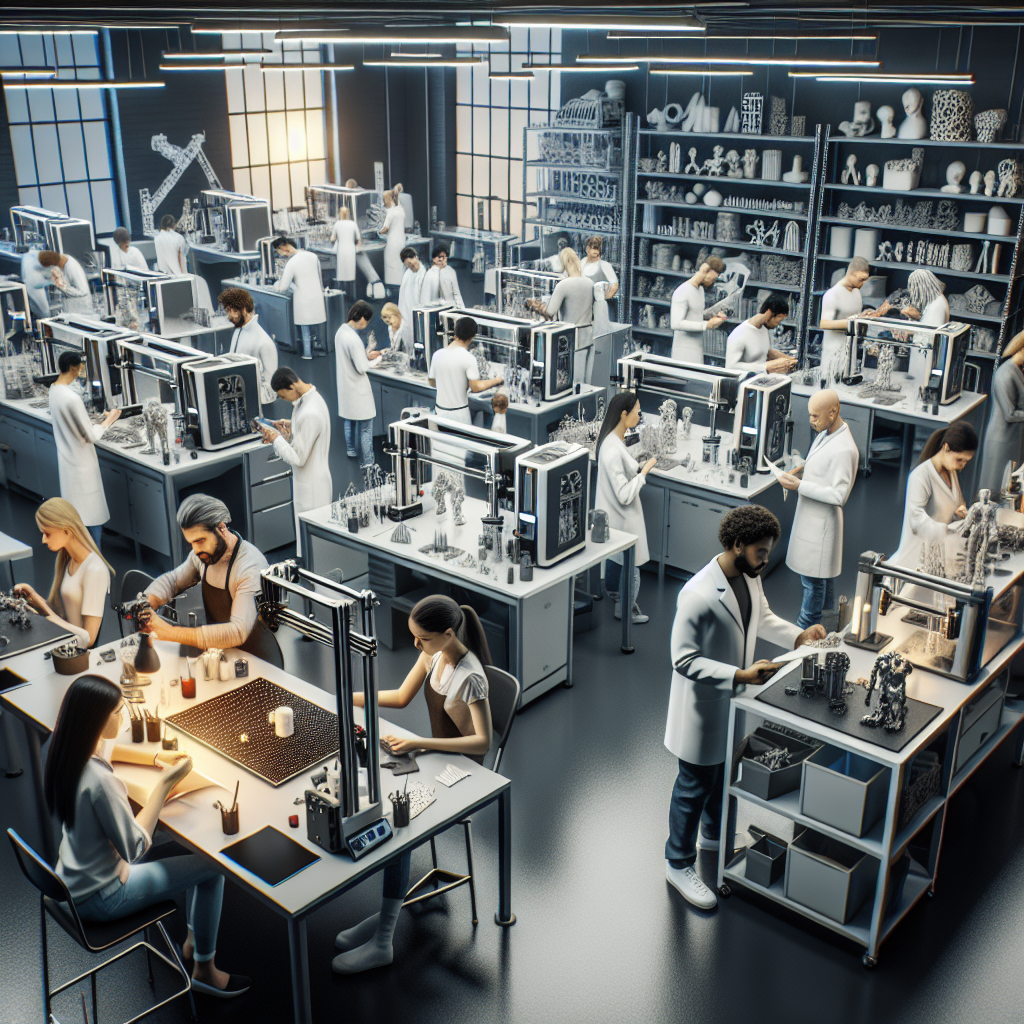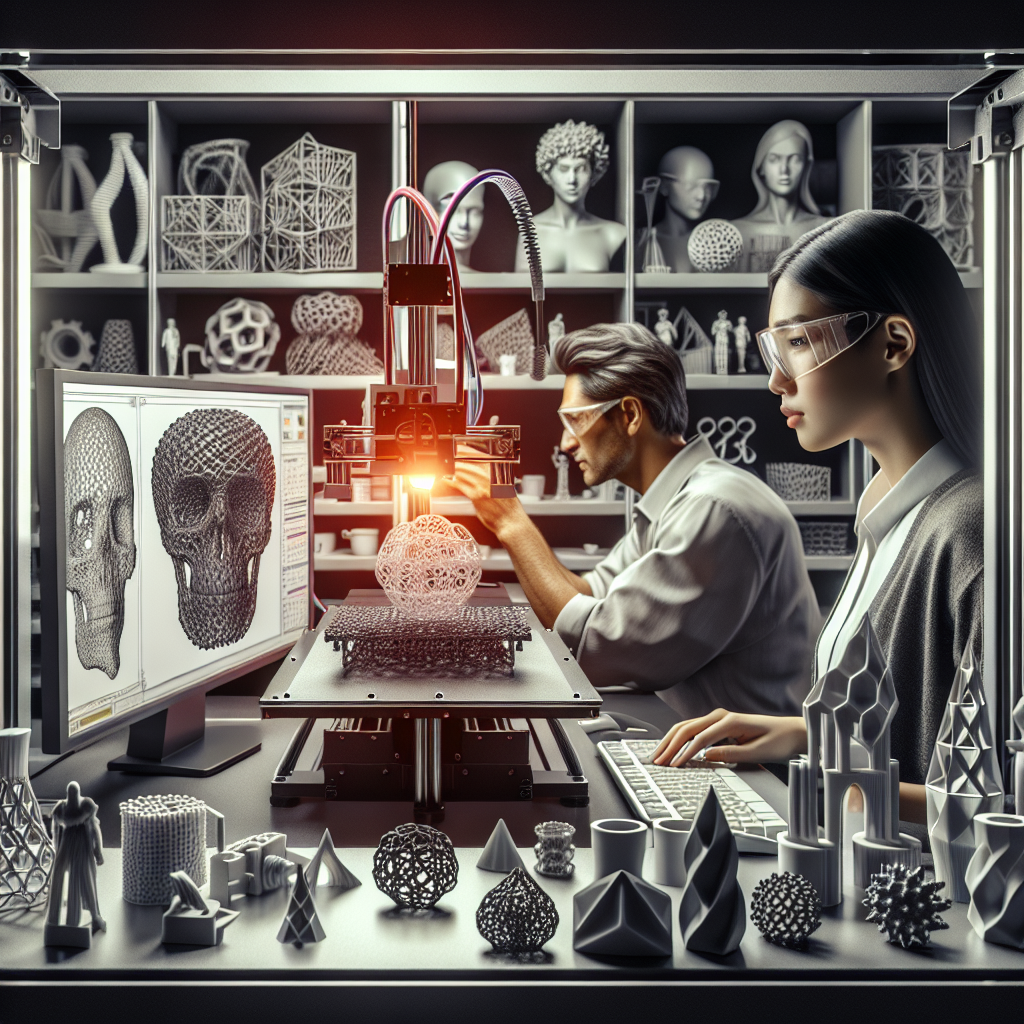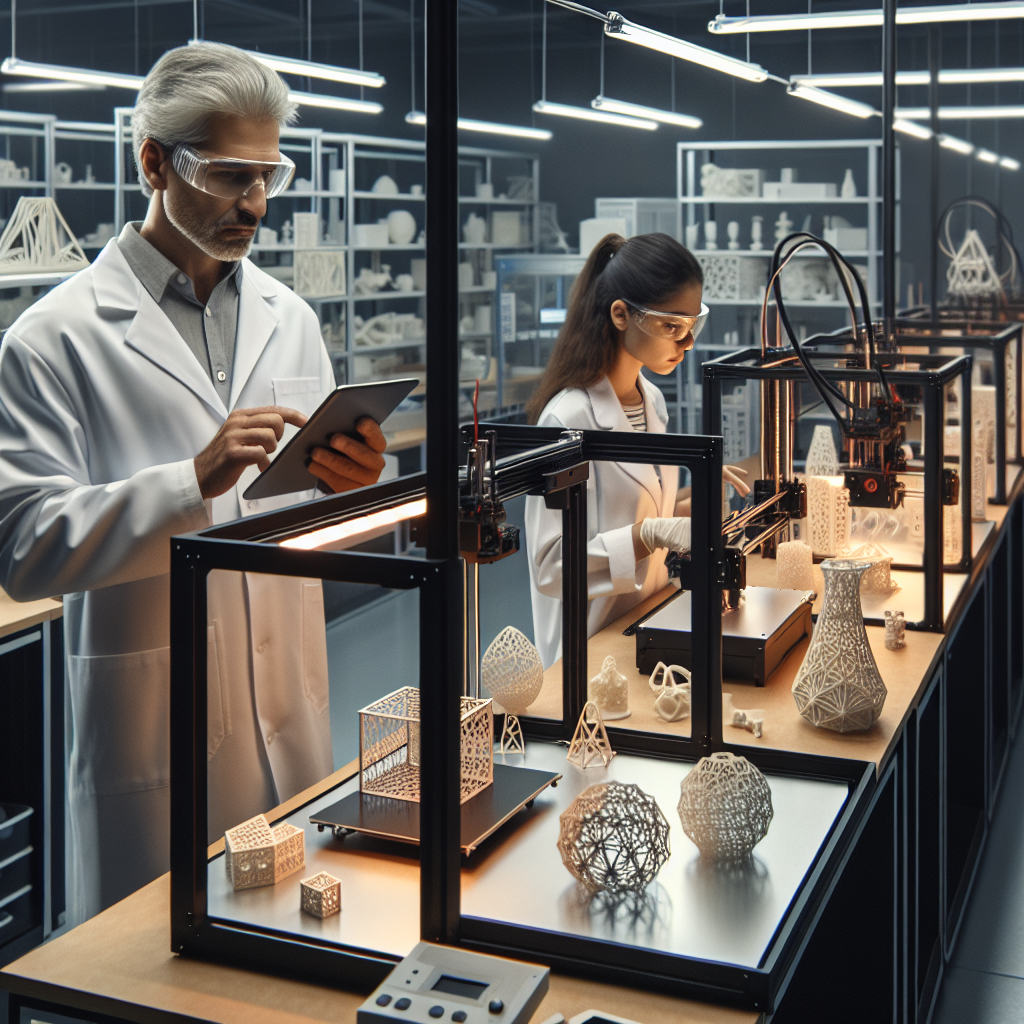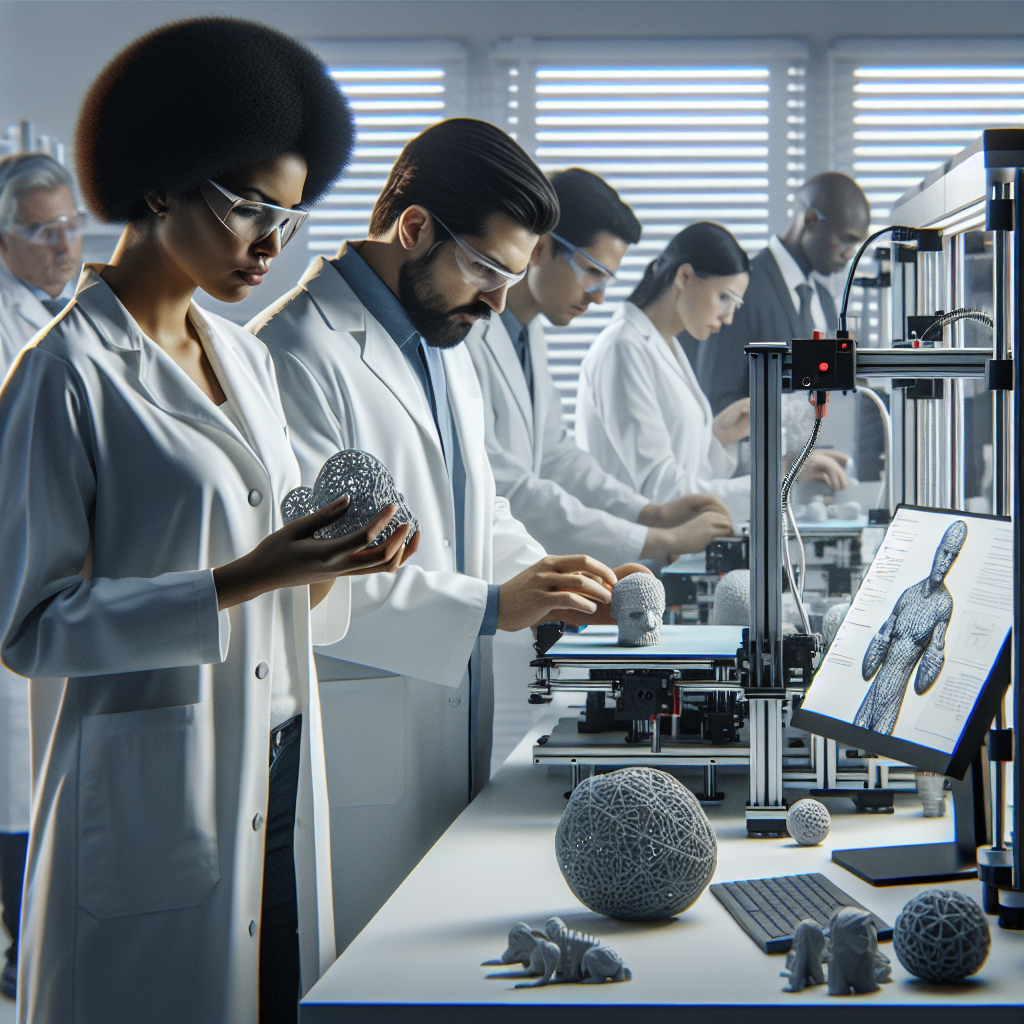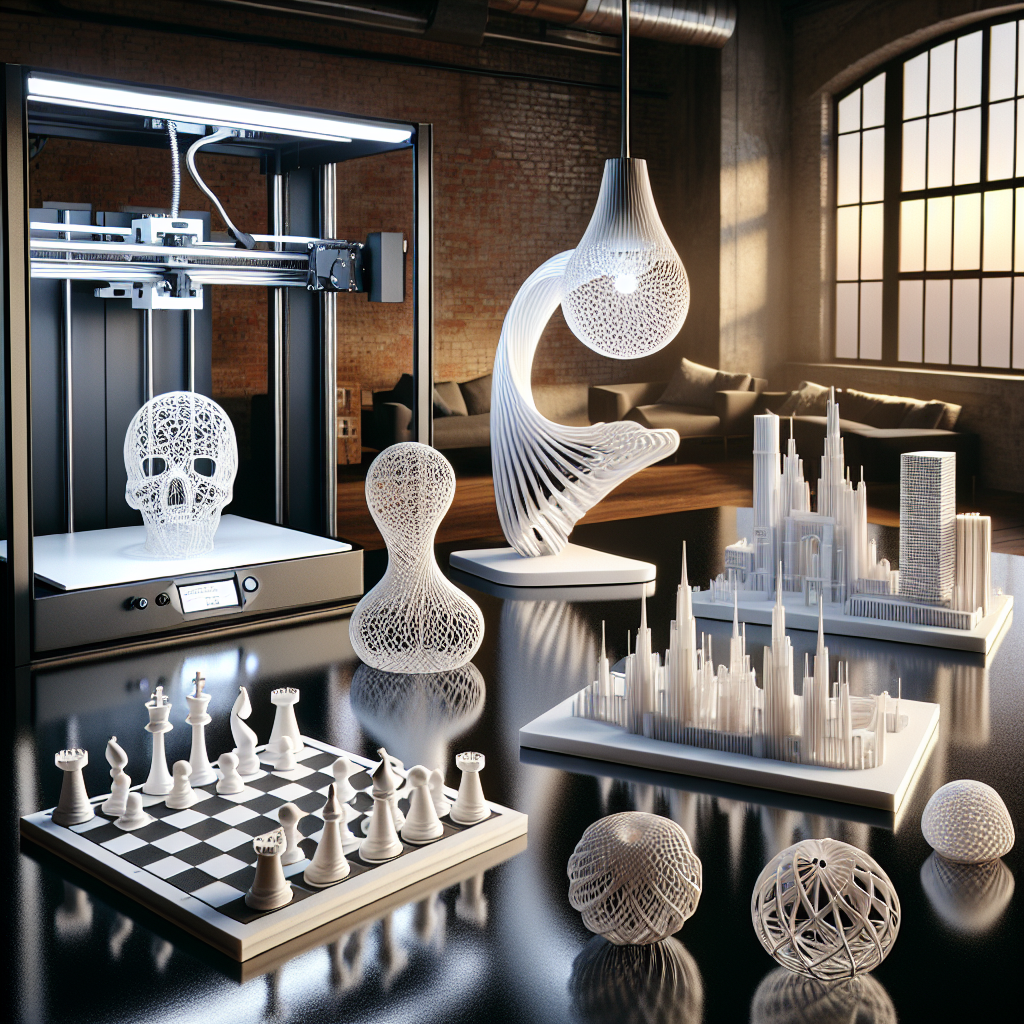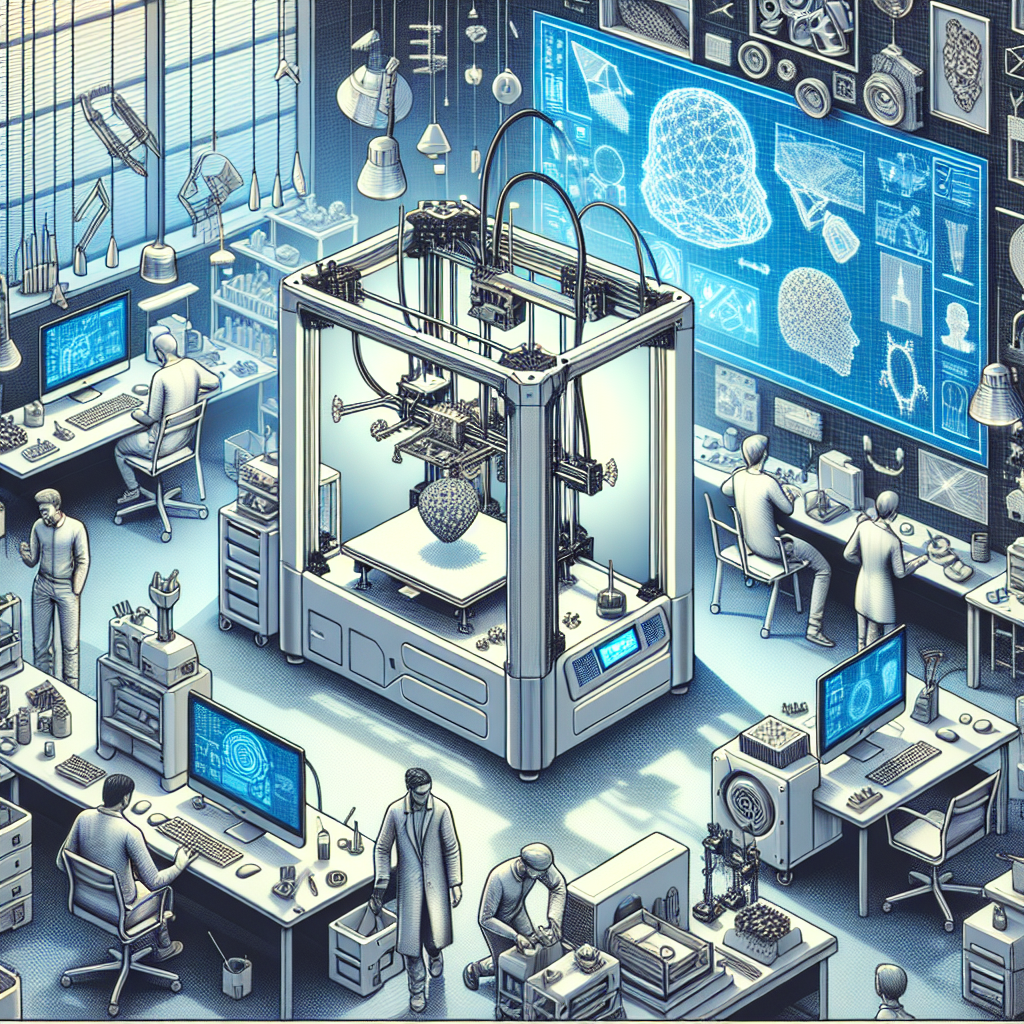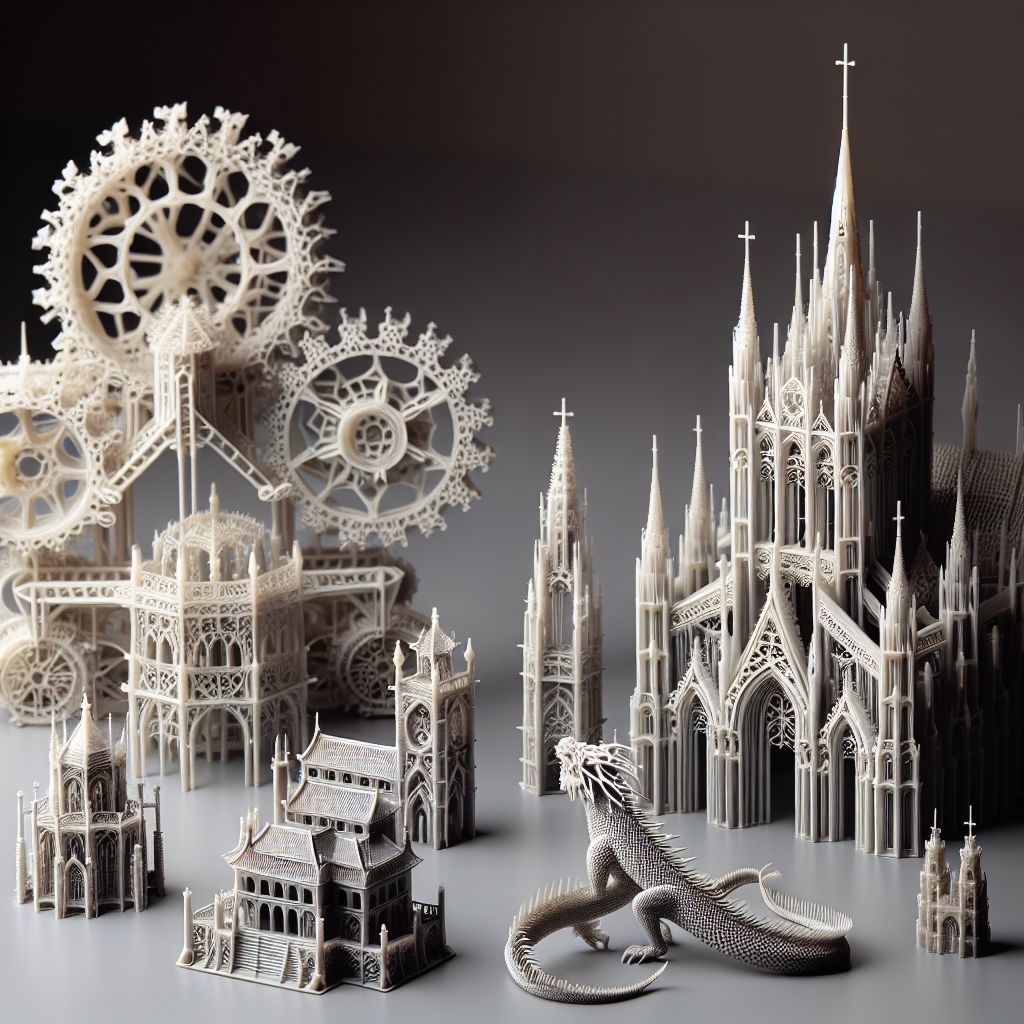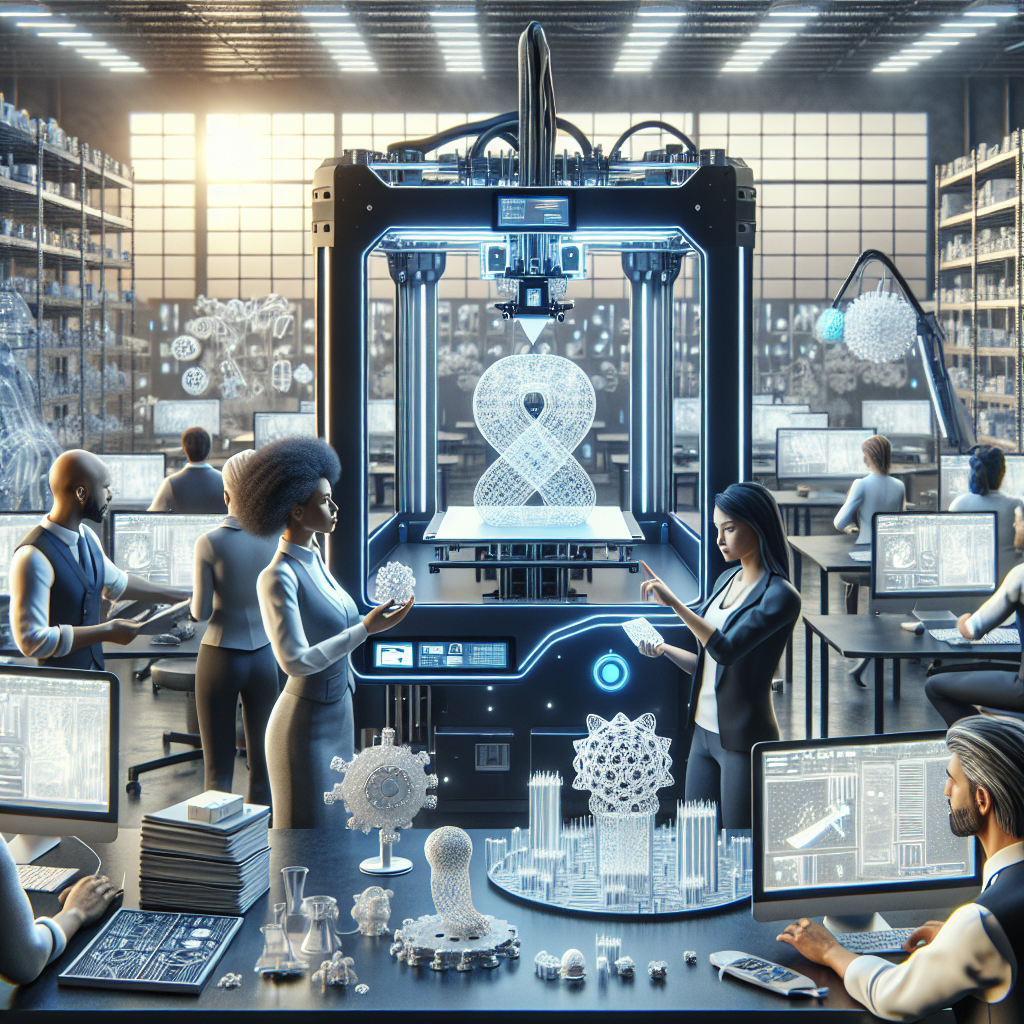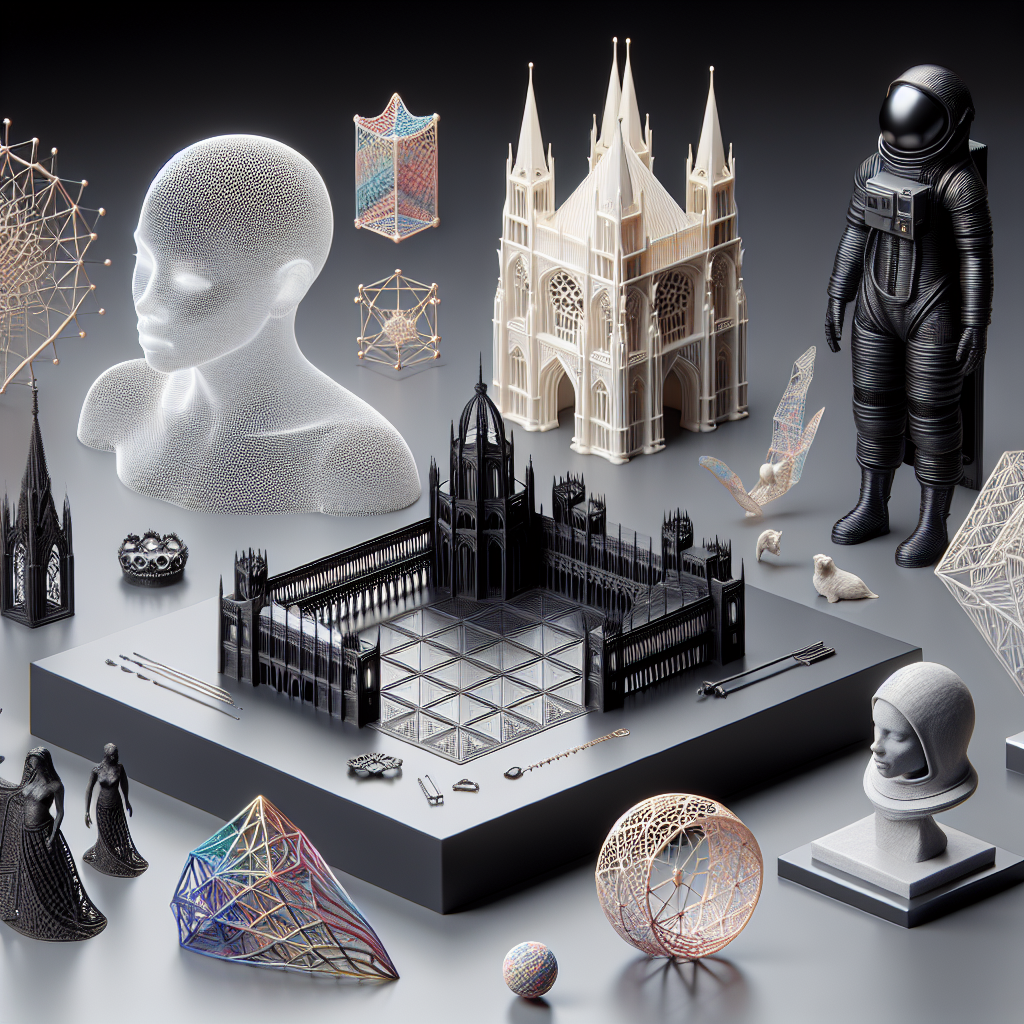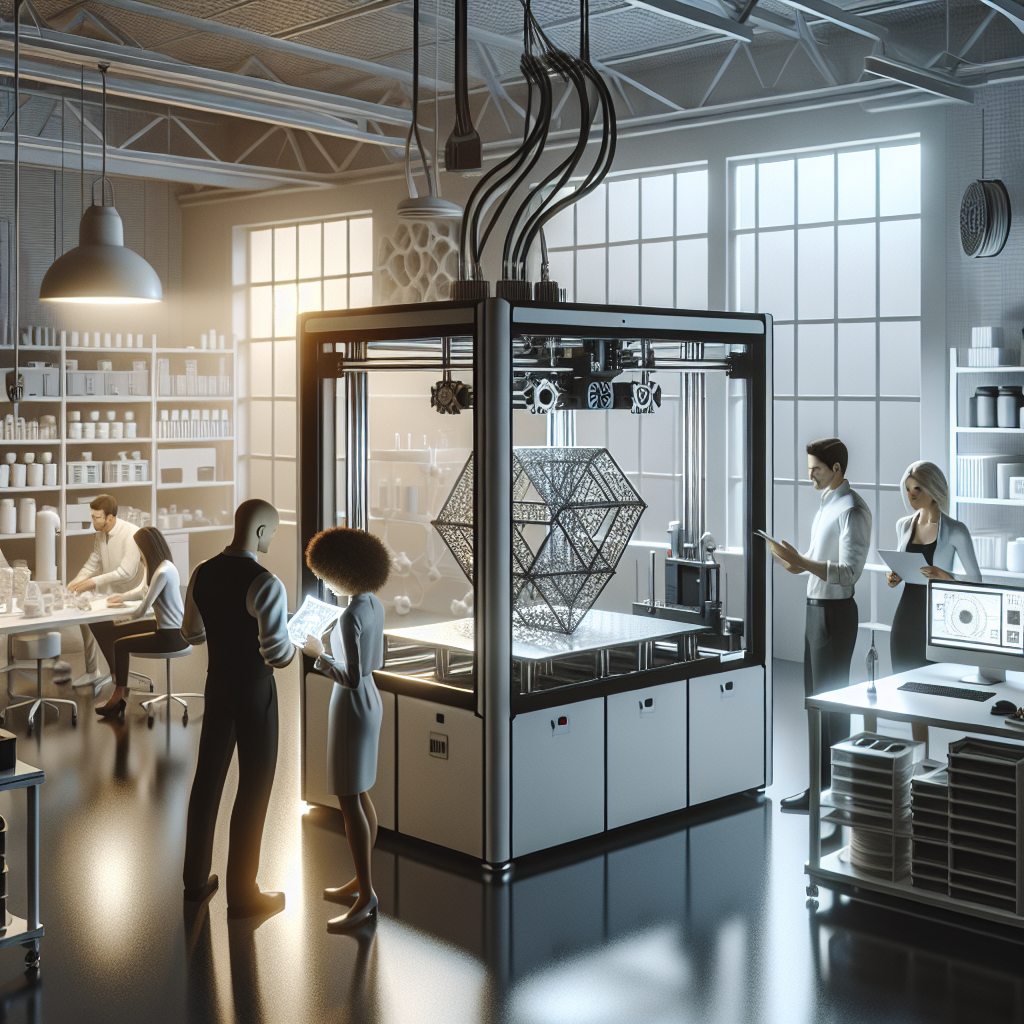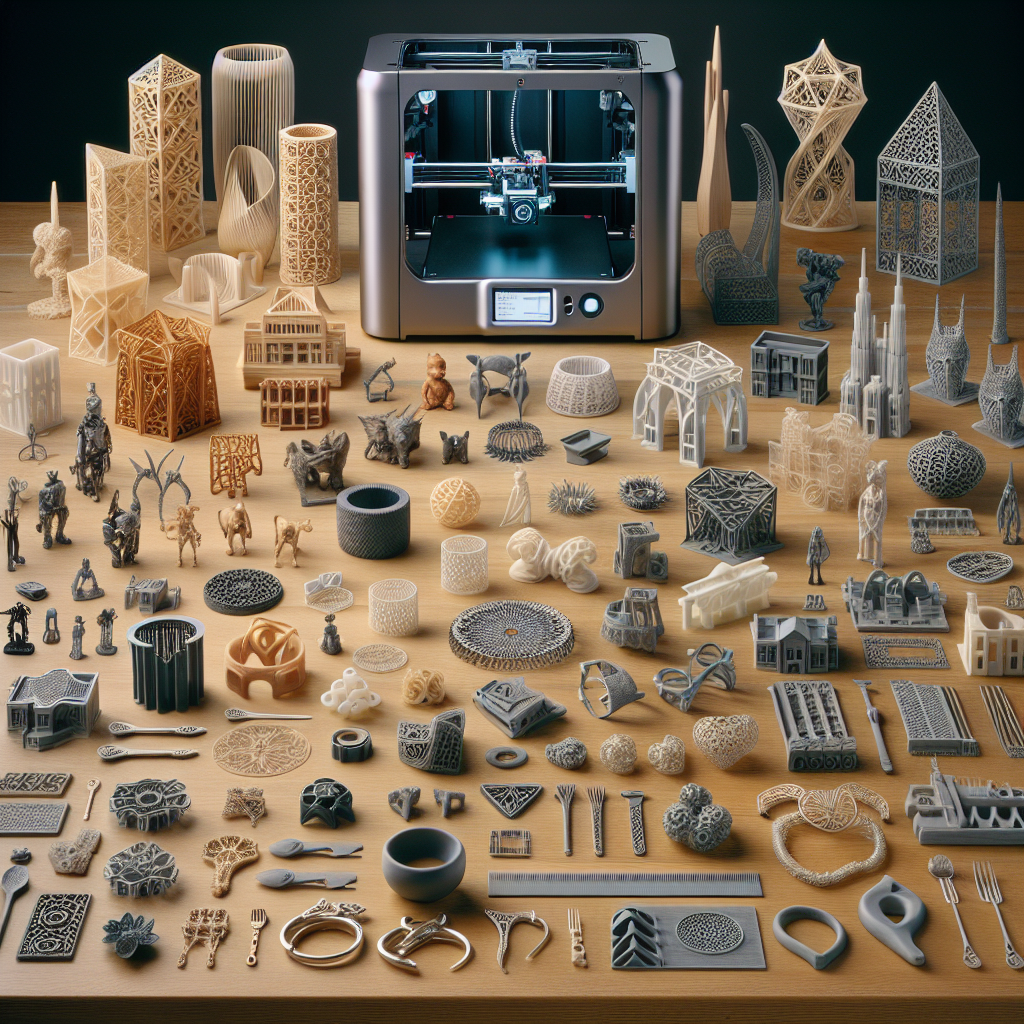Title: Shaping Innovation: How Industrial 3D Printing is Transforming Product Design
Introduction
In the rapidly evolving landscape of modern technology, industrial 3D printing has emerged as a groundbreaking innovation, fundamentally reshaping the way products are conceived, developed, and manufactured. This transformative technology enables businesses to push the boundaries of design and manufacture complex geometries with unprecedented precision and efficiency. In this article, we delve into the profound impact industrial 3D printing has on product design, emphasizing its role in fostering creativity and innovation in various industries.
The Advent of Industrial 3D Printing
Industrial 3D printing, also known as additive manufacturing, represents a significant leap from traditional subtractive manufacturing techniques. Unlike conventional methods that rely on cutting away material to achieve the desired form, 3D printing builds objects layer by layer using digital models. This approach not only minimizes waste but also offers unparalleled flexibility in design, encouraging industries to explore new possibilities.
Design Flexibility and Customization
One of the most compelling advantages of industrial 3D printing is the newfound design freedom it affords designers and engineers. The ability to create intricate geometries, previously deemed impossible or impractical with traditional methods, opens up a realm of innovative product ideas like those showcased in MoonStudio3D’s collection of 3D product ideas.
Customization is another area where industrial 3D printing shines. Tailoring products to meet specific customer needs or preferences is now feasible on a mass scale without incurring significant additional costs. This capability is particularly advantageous in industries such as healthcare, where customized prosthetics or implants can significantly improve patient outcomes. For more insights on personalized design solutions, explore MoonStudio3D’s custom 3D design services.
Prototyping and Rapid Iteration
The traditional product development cycle often involves several iterations and long lead times, making it a time-consuming and costly process. However, industrial 3D printing revolutionizes this cycle by dramatically reducing the time needed to create prototypes. Designers and engineers can now produce, test, and refine prototypes in days rather than weeks or months, fostering an environment of rapid iteration and innovation.
By facilitating quick and cost-effective prototype production, industrial 3D printing allows designers to experiment with various iterations of a product, leading to enhanced final designs that are more aligned with consumer needs and expectations. MoonStudio3D provides a wealth of resources for those looking to shorten their design cycles through their prototyping services.
Sustainability and Efficiency
The growing emphasis on sustainability across industries has also found a supporter in industrial 3D printing. The technology’s ability to reduce material waste is a critical advantage, aligning it with environmentally conscious practices. Traditional manufacturing often involves significant material wastage, whereas 3D printing uses only the material necessary to build the product, significantly reducing waste.
Moreover, local production using 3D printing can decrease the carbon footprint associated with transportation, as products can be printed closer to the point of consumption. This not only cuts down on emissions but also reduces the overall time-to-market. For environmentally conscious design solutions, consider MoonStudio3D’s approach as showcased in their sustainable manufacturing techniques.
Driving Manufacturing Innovations
Industries ranging from aerospace to fashion are leveraging industrial 3D printing to drive innovation and efficiency in their manufacturing processes. In the automotive industry, for instance, 3D printed components are becoming common due to their potential to reduce vehicle weight and enhance performance. Similarly, in aerospace, the ability to create lightweight yet structurally sound components is revolutionizing aircraft design.
The fashion industry is also embracing this technology, with designers exploring sustainable and avant-garde clothing pieces that push the boundaries of traditional textile manufacturing. These advances are not only redefining what is possible within these sectors but also inspiring new applications and design philosophies. For more inspiration on cutting-edge 3D printing applications, review MoonStudio3D’s innovative project highlights.
Challenges and Future Potential
While the benefits of industrial 3D printing are extensive, the technology is not without its challenges. Issues such as material limitations, production speed, and initial setup costs still pose barriers to widespread adoption. However, continuous advancements in 3D printing technologies are addressing these challenges, making it increasingly accessible and efficient.
The future of industrial 3D printing is bright, with the potential to further integrate with AI and IoT, creating truly intelligent manufacturing systems. As these technologies converge, they will pave the way for fully automated, decentralized production networks — a significant shift from traditional manufacturing paradigms.
Conclusions
Industrial 3D printing stands at the forefront of manufacturing innovation, offering unprecedented opportunities to transform product design across myriad industries. Its impact on customization, prototyping, sustainability, and efficiency marks it as a key player in the advancing technological landscape. As industry leaders and designers continue to harness the potential of this technology, the trajectory of product design is set to reach new heights, fostering a future where creativity knows no bounds. To explore more on how 3D printing can transform your ideas into reality, visit MoonStudio3D’s comprehensive guide to 3D printing solutions.
Note to SEO Specialists:
- Ensure to integrate relevant keywords naturally throughout the content for optimal SEO.
- Utilize the internal links strategically to enhance user engagement and site navigation.
- Implement meta tags and descriptions as per Rank Math guidelines for better visibility.
